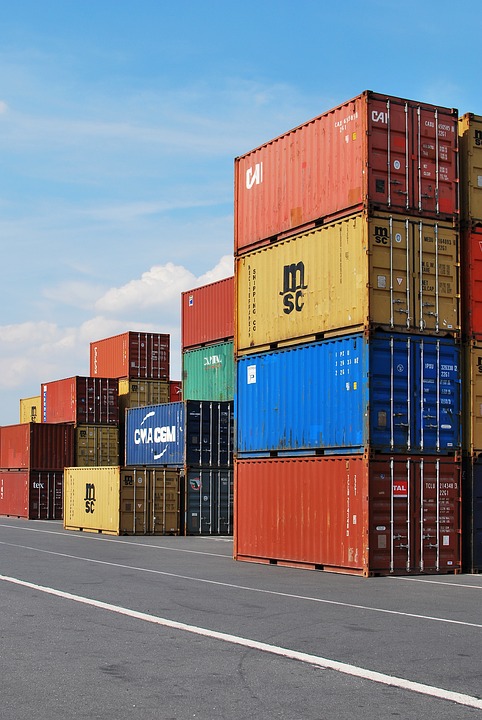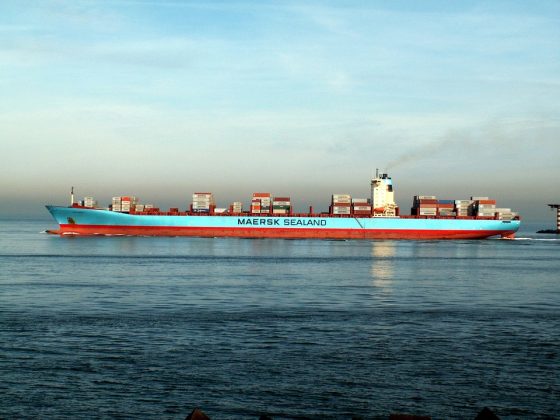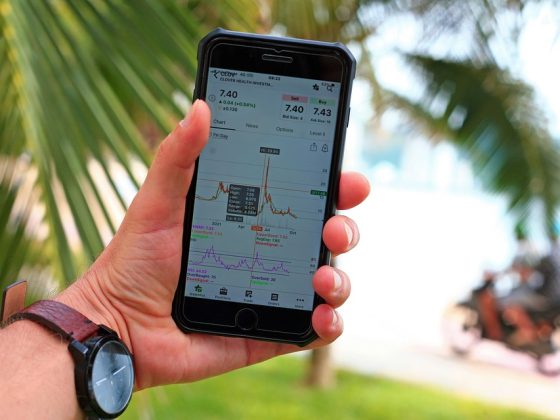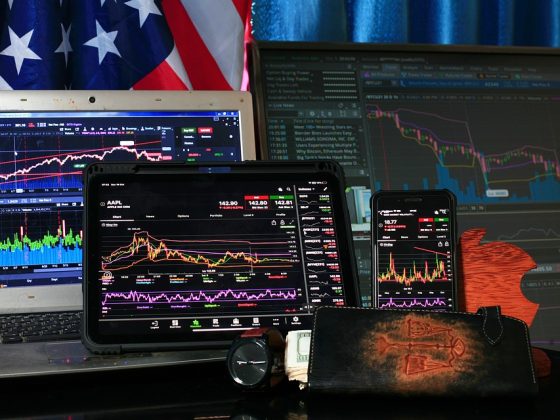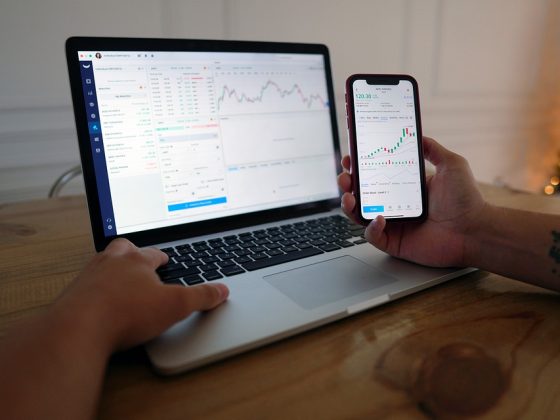The Role of Trading Economics in Global Market Trends
Trading economics is a crucial factor in determining global market trends. It encompasses the study and analysis of economic indicators such as inflation rates, GDP growth, employment figures, and consumer sentiment to predict how these factors will impact the financial markets. Understanding trading economics is essential for investors, businesses, and policymakers to make informed decisions that can maximize profits and minimize risks.
One of the primary roles of trading economics is to provide a framework for interpreting market data. By analyzing economic indicators, researchers can gain insight into the overall health of an economy and predict future market trends. This information can then be used to develop investment strategies, adjust monetary policy, and make business decisions that take economic conditions into account.
Trading economics also plays a crucial role in identifying potential risks and opportunities in the market. By analyzing economic data, traders can identify trends that may indicate a market downturn or upswing. This knowledge allows investors to adjust their portfolios accordingly and take advantage of emerging opportunities. Additionally, policymakers can use trading economics to identify areas of weakness in the economy and implement measures to address them before they become larger issues.
Furthermore, trading economics plays a key role in shaping global market trends by providing a common language for market participants. By using economic indicators and data analysis techniques, researchers can communicate complex economic concepts in a clear and concise manner. This allows investors, businesses, and policymakers from different countries to understand each other's perspectives and work together to address global economic challenges.
Overall, trading economics serves as a crucial foundation for understanding and predicting market trends. By analyzing economic indicators, traders, investors, and policymakers can make informed decisions that can have a significant impact on the global economy.
FAQs
Q: What are some of the key economic indicators that are used in trading economics?
A: Some of the key economic indicators used in trading economics include GDP growth, inflation rates, unemployment figures, consumer sentiment, and interest rates.
Q: How do traders use trading economics to make investment decisions?
A: Traders use trading economics to analyze market trends and identify potential opportunities and risks. By understanding economic indicators, traders can adjust their investment strategies to maximize profits and minimize risks.
Q: How do policymakers use trading economics to shape economic policy?
A: Policymakers use trading economics to identify areas of weakness in the economy and implement measures to address them. By analyzing economic indicators, policymakers can develop policies that promote economic growth and stability.
Q: How does trading economics impact global market trends?
A: Trading economics plays a crucial role in shaping global market trends by providing a framework for analyzing economic data. By understanding economic indicators, investors, businesses, and policymakers can make informed decisions that can have a significant impact on the global economy.

